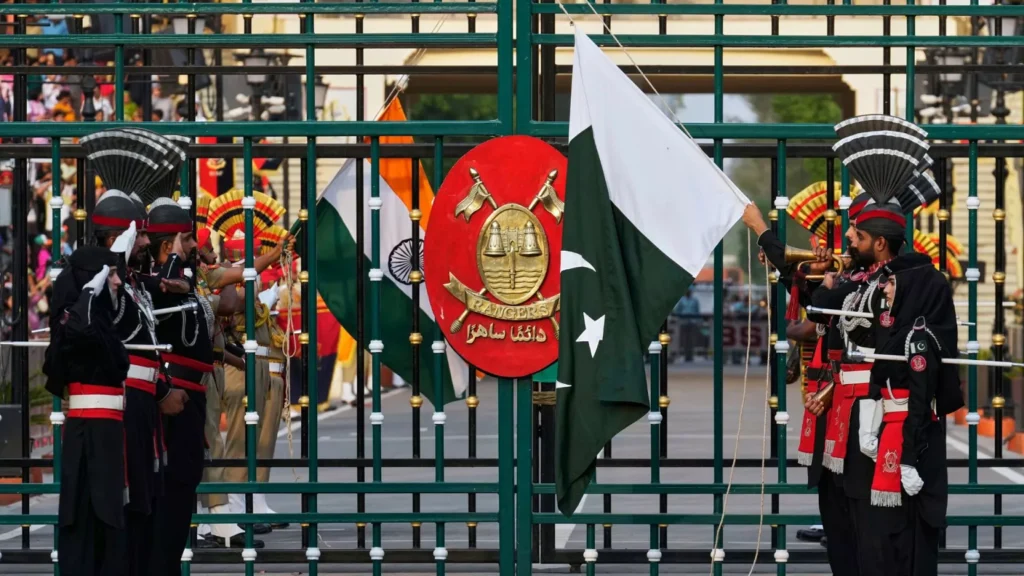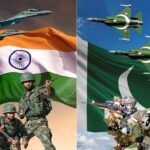- Surge in cross-border infiltration attempts across the Line of Control (LoC)
- Intensified counter-insurgency operations by Indian security forces
- Increased activity of militant groups in the Kashmir Valley
- India accuses Pakistan of backing terror outfits
- Regional peace remains fragile amidst growing diplomatic tensions
Introduction: A Conflict Reignited
The Kashmir conflict, long seen as a flashpoint between India and Pakistan, has once again taken center stage in 2025. With renewed cross-border infiltration, rising militant activity, and an intensified Indian security response, the region is witnessing a dangerous uptick in violence. Despite efforts in recent years to maintain a ceasefire along the Line of Control (LoC), the situation on the ground tells a different story.
Rise in Cross-Border Infiltration
Indian intelligence and army officials have reported a 40% increase in infiltration attempts in the first quarter of 2025 compared to the same period last year. Most incidents are concentrated in Kupwara, Baramulla, and Poonch sectors, where heavily armed militants have reportedly tried to breach the border under the cover of darkness and poor weather conditions.
Security agencies attribute this spike to seasonal openings in the snowbound passes, which are historically exploited by militant groups trained across the border.
Technology and Surveillance Challenges
While India has deployed advanced drone surveillance and infrared detection systems, militants have adapted their methods, using encrypted communication and sophisticated navigation tools to evade detection. This cat-and-mouse dynamic has added to the complexity of maintaining border security.
Counter-Insurgency Operations Intensify
In response to the growing threat, Indian security forces have launched “Operation Silent Storm,” a focused counter-insurgency campaign in South Kashmir. Over 35 militants have been neutralized since January 2025, many affiliated with Lashkar-e-Taiba (LeT) and Jaish-e-Mohammed (JeM).
Civilian Impact and Collateral Damage
However, these operations have come at a cost. Night raids, curfews, and internet blackouts have disrupted normal life. Human rights groups have raised concerns over civilian casualties and alleged excessive force, sparking debates about the balance between security and civil liberties.
Pakistan’s Role and India’s Stance
India continues to accuse Pakistan of providing moral, material, and logistical support to terrorist groups operating in Kashmir. While Pakistan denies these allegations, evidence including captured militants’ confessions and intercepted communications points toward deep-rooted cross-border linkages.
Diplomatic Fallout
India has raised the issue in various international forums, pushing for Pakistan to be held accountable. In contrast, Islamabad calls for global attention on human rights violations in Kashmir, further complicating dialogue efforts.
Conclusion: A Delicate Road Ahead
As 2025 unfolds, Kashmir remains at the heart of India-Pakistan tensions, with militancy acting as both a symptom and a driver of conflict. Without meaningful dialogue and strict control over cross-border terrorism, the cycle of violence is likely to continue, threatening not only regional peace but global stabili



